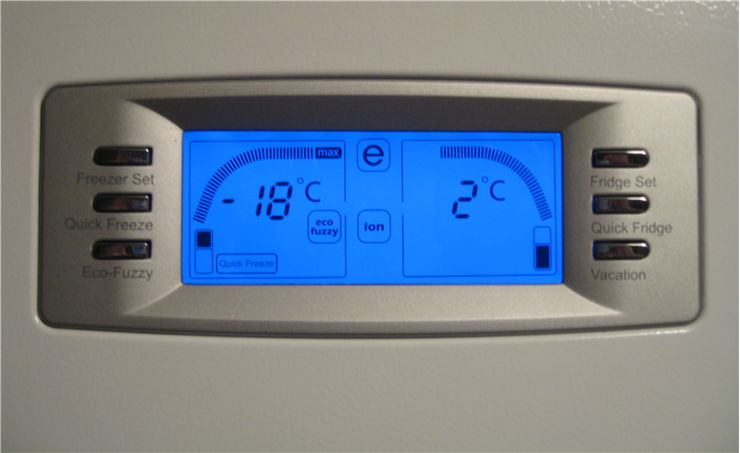Interesting Facts about Refrigerators
- There are many interesting things that could be told about refrigeration and refrigerators. Here are some of them:
- Refrigeration is, basically and by definition, a process in which work is done to move heat from one location to another.
- Refrigerator spends around 10% of total electricity in a common household.
- Refrigerator is more efficient if it has more items in it.
- October 30th is a Haunted Refrigerator Night... don’t ask.
- November 15th is United States National “Clean out Your Refrigerator” Day. It was invented Whirlpool Home Appliances as a promotional tool.
- The first commercial household refrigerator was produced by General Motors back in 1911. Its first popular line was Kelvinator, and this model, by 1923, held close to 80% of the market.
- By 1956, 80% of households in the United States had a refrigerator. By 2005, that number rose to 99.5%. Some 15% of American households have two refrigerators.
- Over 8 million refrigerators are sold each year in the United States.
- Energy Star is an international standard for energy efficient consumer products. In order to receive the ENERGY STAR rating, refrigerators must use at least 15% less energy than required by current federal standards.
- The world’s largest refrigerator is a 27-kilometer long cryogenic distribution line on the border between France and Switzerland and is a part of a Large Hadron Collider.
- Pennsylvania has a law that says that it is illegal to sleep outside on a refrigerator.
- A refrigerator maintains a temperature a few degrees above the freezing point of water.
- Food stored at or below −18 °C (0 °F) is safe indefinitely.
- Many modern upright freezers have an ice dispenser built into their door.
- To prevent the refrigerator's coils from overheating, refrigerator should not be placed too close to the wall. It also should not be placed close to the sources of heat such are the stove or oven.
- The history of artificial refrigeration began with a Scottish professor William Cullen who designed a small refrigerating machine in 1755.
- Basic unit of refrigeration for commercial and industrial refrigeration systems is the kilowatt (kW). Commercial and industrial refrigeration systems in North America also use tons of refrigeration (TR).
- Basic styles of refrigerator are side-by-side refrigerator and freezer, classic single door with freezer on top or bottom and French door styles. Top-mount fridge (freezer on top with refrigerator on bottom) style is the most common style.
- In the early 1950s most refrigerators were white. In the mid-1950s designers and manufacturers start creating colorful refrigerators.
- Domestic refrigerators are made in range from 4l to 600l.
- You should not put hot or warm food inside the refrigerator. Let it cool first before putting them inside.
- In 1855, John Gorrie developed the first functional vapor-compression refrigerator.
-
The refrigeration system basically has five main parts:
- refrigerant, which is a liquid/gas that flows through the system and cools the refrigerator.
- two sets of pipes that hold the refrigerant and exchange the heat. One is inside. It absorbs the heat and exchanges it with cold. The other is outside and it releases the heat into the air.
- compressor that rises pressure of the gas in the system and liquefies it.
- expansion valve that releases the gas pressure, vaporizes the gas which takes the heat from the inside of the refrigerator.

